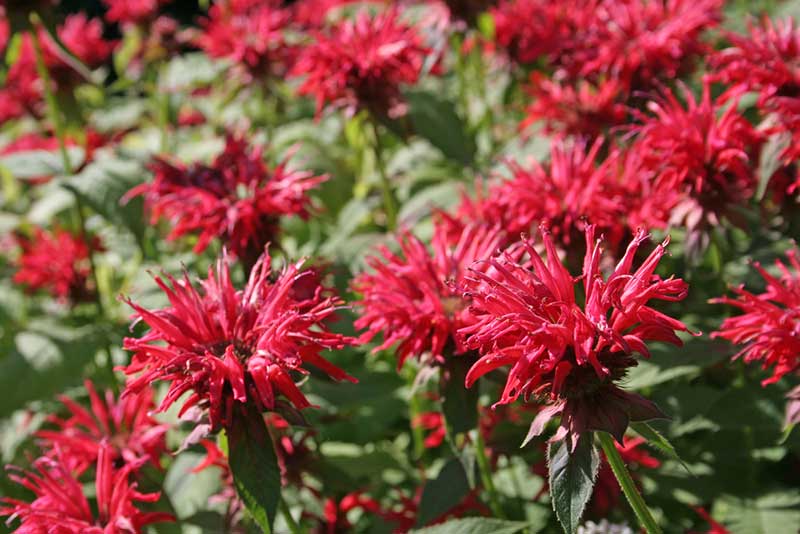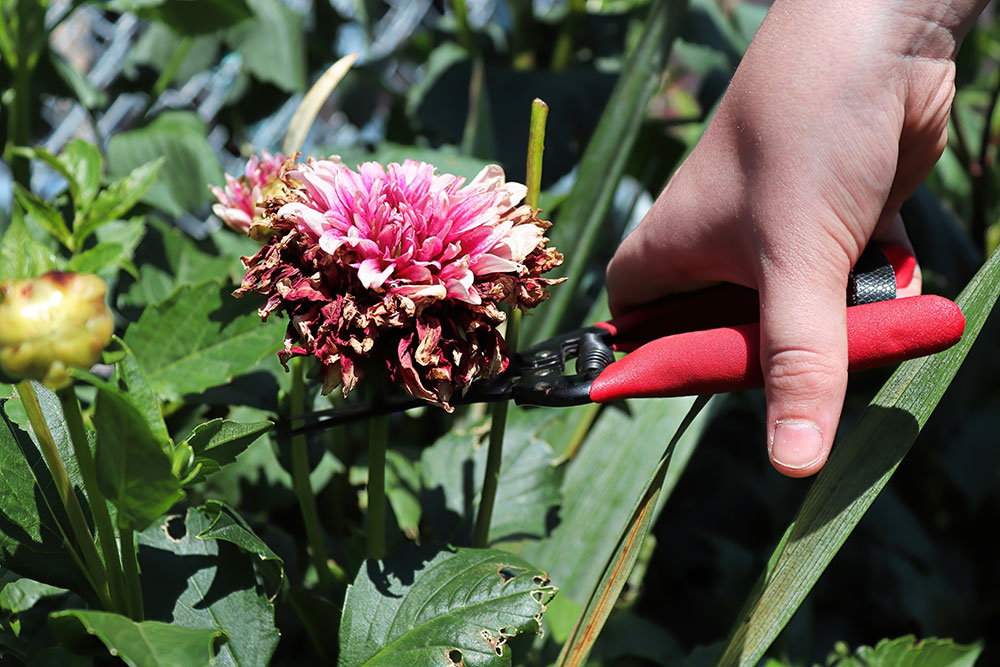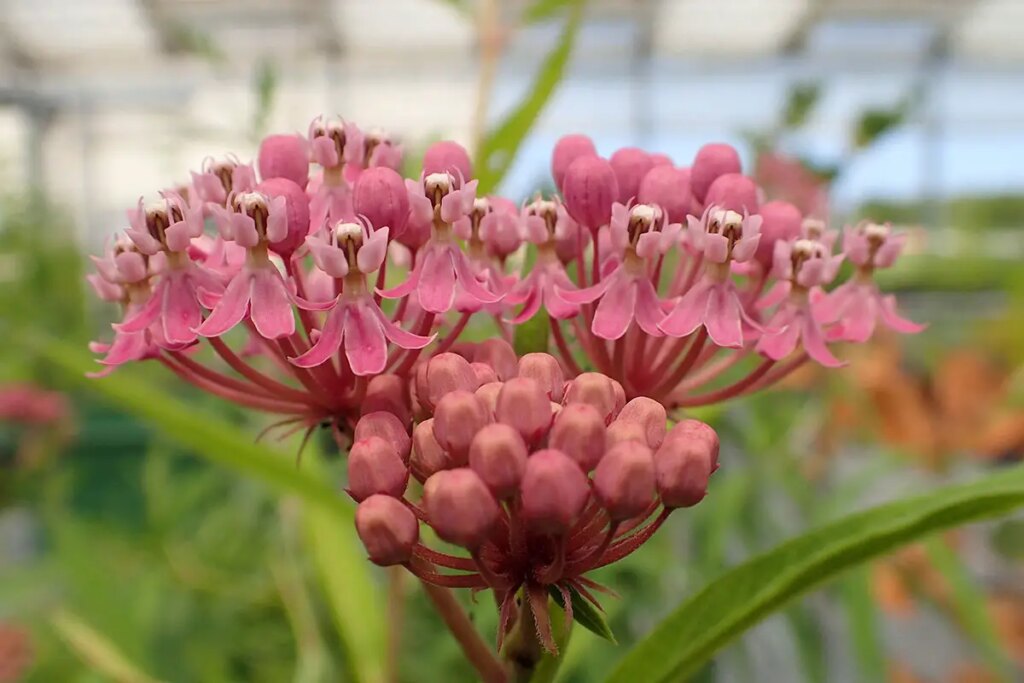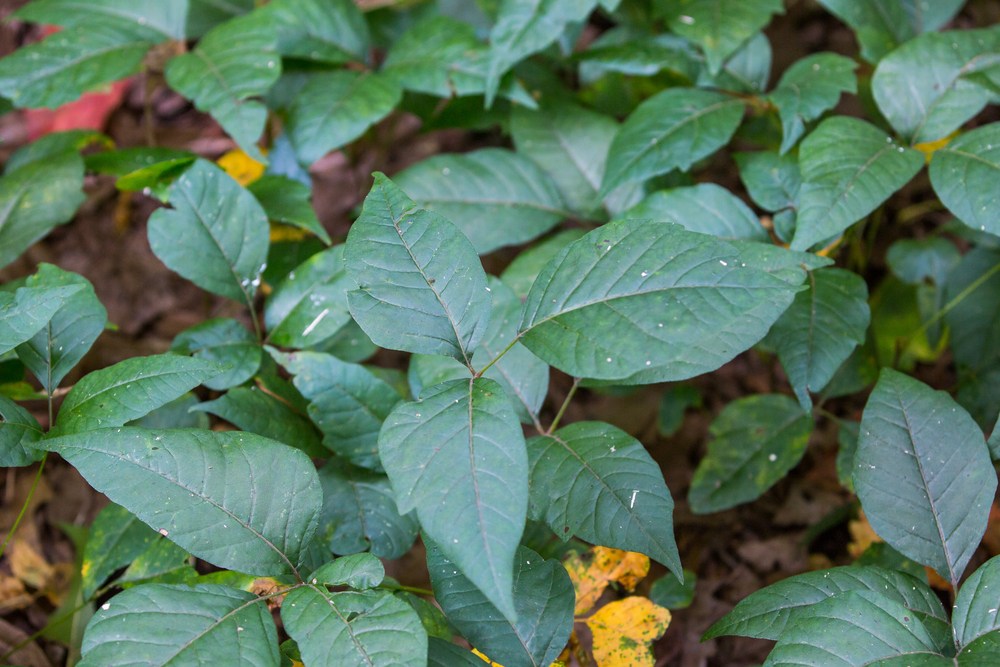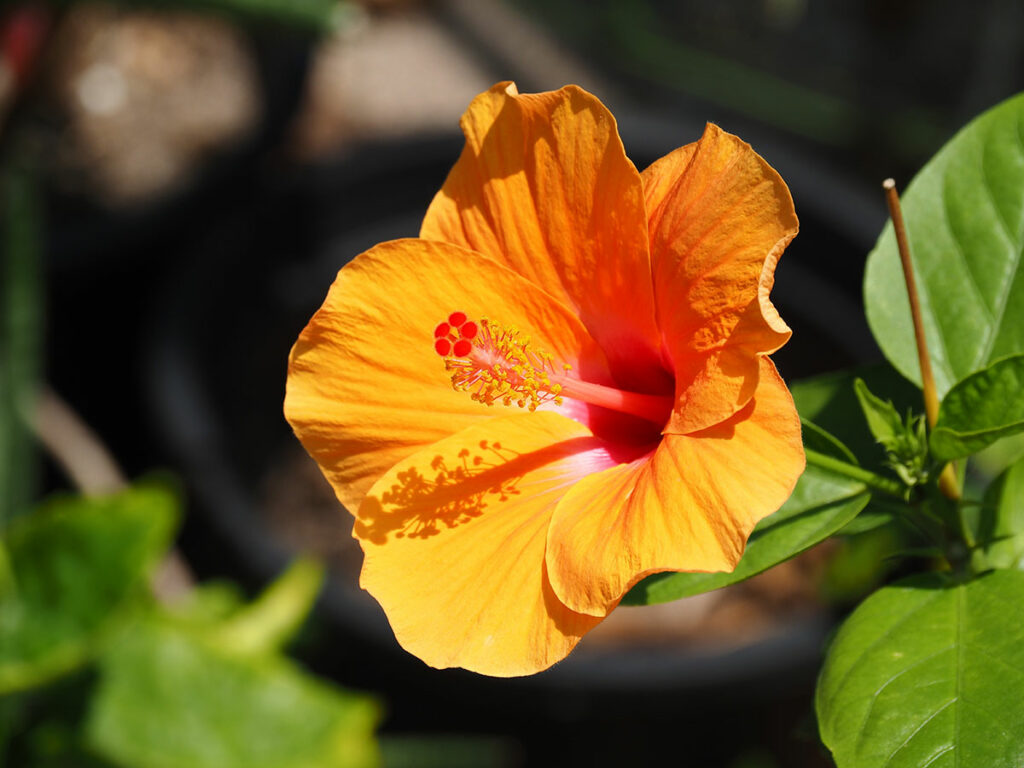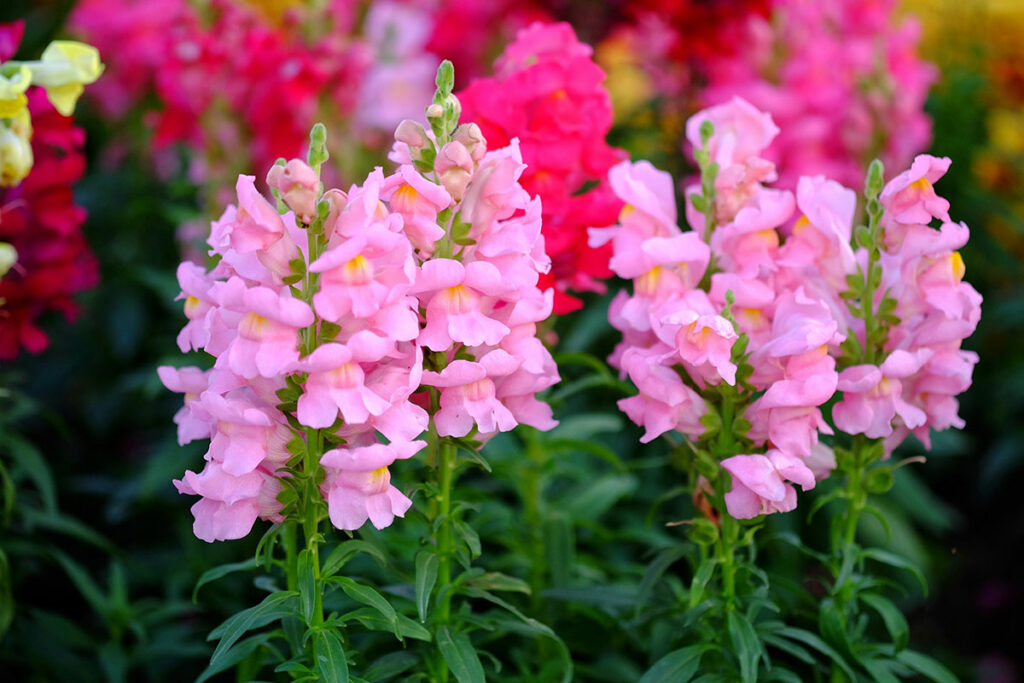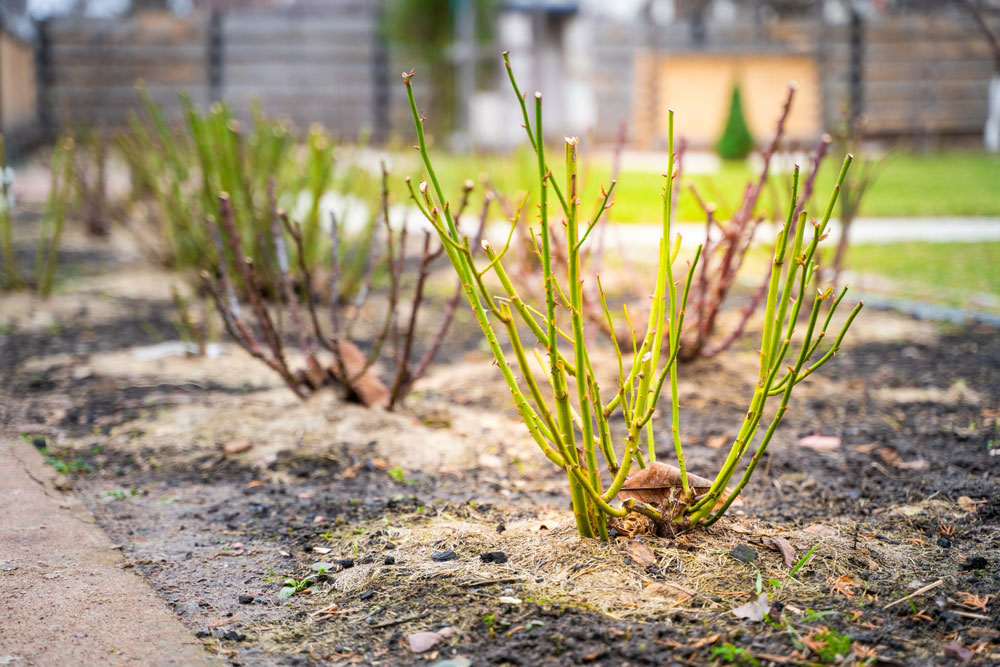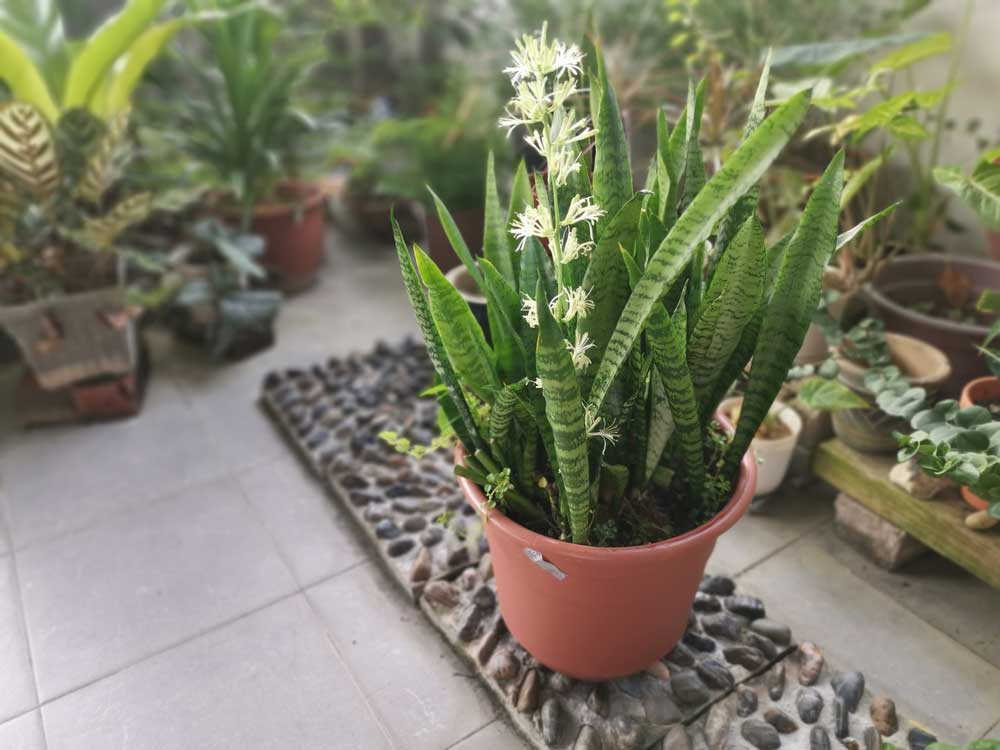
Snake plants, also known as Sansevieria, are popular houseplants known for their low maintenance and air-purifying qualities. These hardy plants thrive with minimal care, but the right fertilizer can give them an extra boost for exceptional growth. In this article, we will explore the top 10 snake plant fertilizers to help your snake plant reach its full potential.
Choosing the right fertilizer for your snake plant is crucial for promoting strong root development, vibrant foliage, and overall health. With so many options available, it can be overwhelming trying to find the best fit for your plant. We’ve compiled a list of the 10 best fertilizers on the market, specifically tailored for snake plants, considering factors like nutrient balance, affordability, and ease of use.
Key Takeaways
- Discover the top 10 fertilizers available for snake plants
- Learn how to determine your snake plant’s specific nutrient needs
- Understand the proper application of fertilizer for optimal growth
Understanding the Basics of Snake Plant Fertilizer
When it comes to snake plant fertilizer, it’s important to understand the basics in order to provide the best possible care for your plant. Snake plants are relatively low-maintenance and can thrive even in less-than-ideal conditions, but using the right fertilizer can significantly improve their growth, appearance, and overall health.
First, it’s essential to know the nutrients your snake plant needs. Like all plants, snake plants benefit from a mix of macronutrients, which include nitrogen (N), phosphorus (P), and potassium (K). Additionally, they also require a variety of micronutrients such as calcium, magnesium, iron, and manganese, among others.
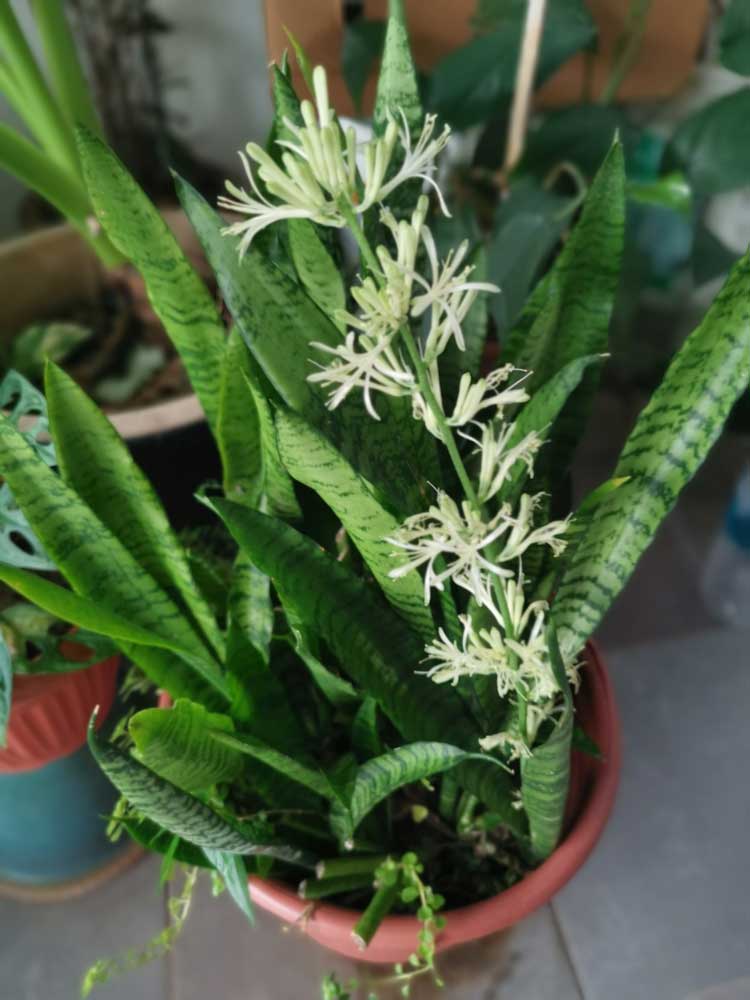
To ensure your snake plant gets all the necessary nutrients, consider using a balanced fertilizer. Look for one with an even N-P-K ratio, such as 10-10-10 or 20-20-20. A slow-release granular or a liquid fertilizer that can be diluted into water are both good options.
When fertilizing your snake plant, the timing is important. Generally, snake plants grow more slowly than other houseplants, so they don’t require as frequent fertilization. Applying the fertilizer every two to three months during the growing season, which typically runs from spring to early fall, is usually sufficient.
Be mindful of the amount of fertilizer you use. Overfertilization can cause more harm than good, potentially leading to root burn and other issues. Always follow the manufacturer’s instructions on the packaging and err on the side of caution if you’re unsure.
Lastly, keep an eye on your snake plant’s appearance as it can provide clues about its nutritional needs. If you notice the leaves becoming pale or yellow, it may indicate nutrient deficiencies that could be remedied by adjusting your fertilization routine. Remember that a healthy snake plant will have deep green leaves with strong, upright growth.
Top 10 Fertilizers for Snake Plants
Organic Fertilizers
Organic fertilizers are a great choice for your snake plant. They benefit the soil and promote healthy growth. Some popular options include worm castings and compost. Just be careful not to over-fertilize your snake plant, as this can cause more harm than good.
Slow-release Fertilizers
Slow-release fertilizers are another excellent option for your snake plant. These fertilizers release nutrients slowly over time, allowing the plant to absorb them more efficiently. One popular choice is Osmocote Plus, which provides essential micronutrients in a steady stream.
Liquid Fertilizers
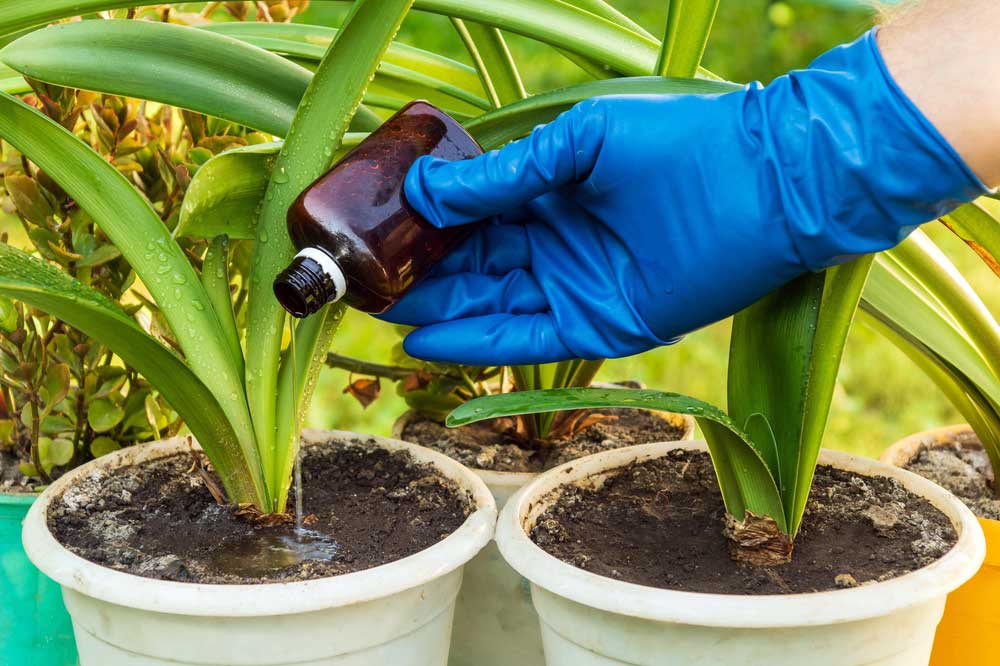
Liquid fertilizers can be either concentrated or ready-to-use. They are easy to apply and provide your snake plant with a quick nutrient boost. Just dilute according to the instructions on the label and water your plant as usual.
Granular Fertilizers
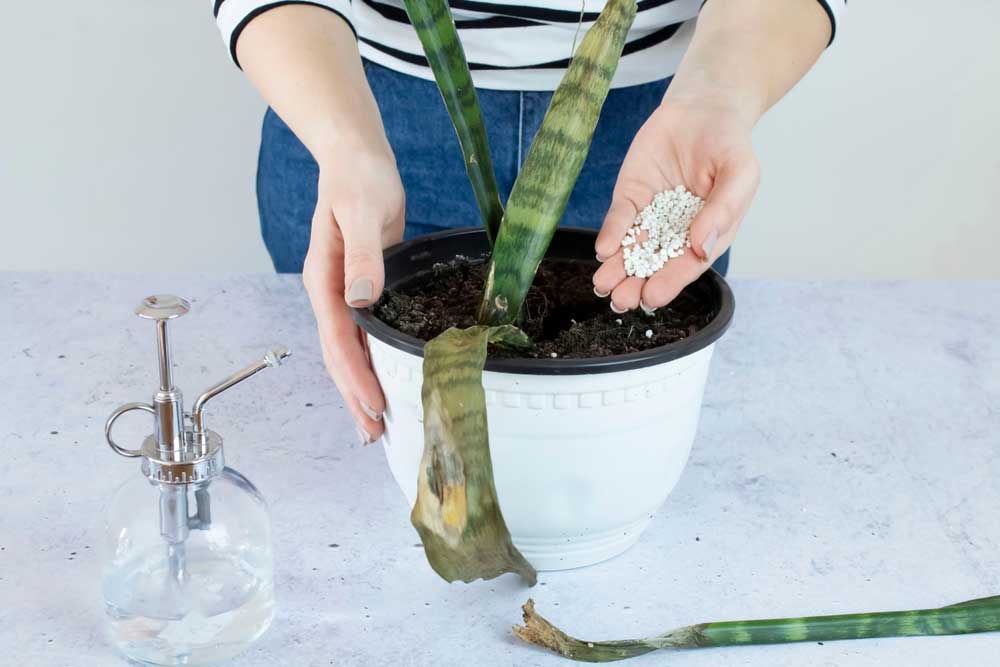
Granular fertilizers are dry and can be sprinkled onto the soil surface or mixed in during repotting. Look for a product designed specifically for houseplants, as these will likely provide the best balance of nutrients for your snake plant.
Soluble Fertilizers
Soluble fertilizers dissolve in water and are applied to the soil or foliage. These can provide quick nutrient uptake, but be cautious not to overuse them, as they can burn your plant’s roots.
Specialized Fertilizers
Specialized fertilizers are formulated for specific plant families or growing conditions. For snake plants, look for those labeled as “succulent” or “cactus” fertilizers, as these will have the right mix of nutrients for your plant.
Balanced Fertilizers
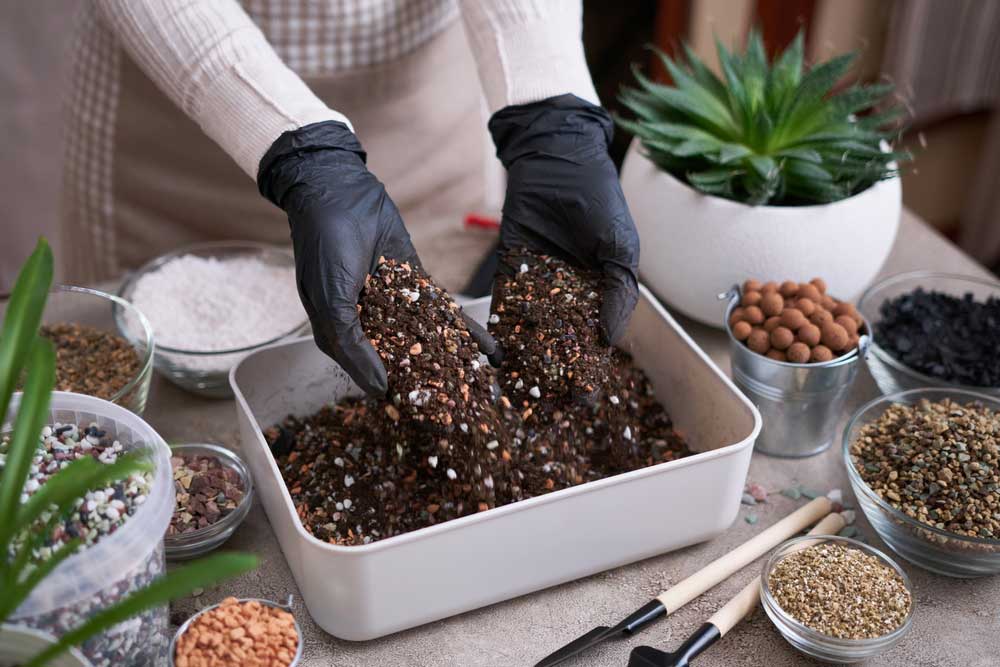
Balanced fertilizers have equal amounts of nitrogen (N), phosphorus (P), and potassium (K). They can be a good option for snake plants, but ensure that the product is appropriate for indoor use and doesn’t contain too much nitrogen.
High Nitrogen Fertilizers
High nitrogen fertilizers are not generally recommended for snake plants, as they can encourage excessive leaf growth at the expense of root health. However, if your snake plant is showing signs of nitrogen deficiency, a high nitrogen fertilizer may be necessary.
Low Nitrogen Fertilizers
Low nitrogen fertilizers are a better choice for snake plants because they encourage healthy root development and well-balanced growth. Look for a product with a low first number (N) in the N-P-K ratio, like 1-2-2 or 0-10-10.
Controlled-release Fertilizers
Controlled-release fertilizers release nutrients at a consistent rate over time. They are suitable for snake plants because they provide a steady supply of nutrients without the risk of over-fertilization. Just be sure to choose a product with a low nitrogen content to maintain proper plant health.
Determining What Your Snake Plant Needs
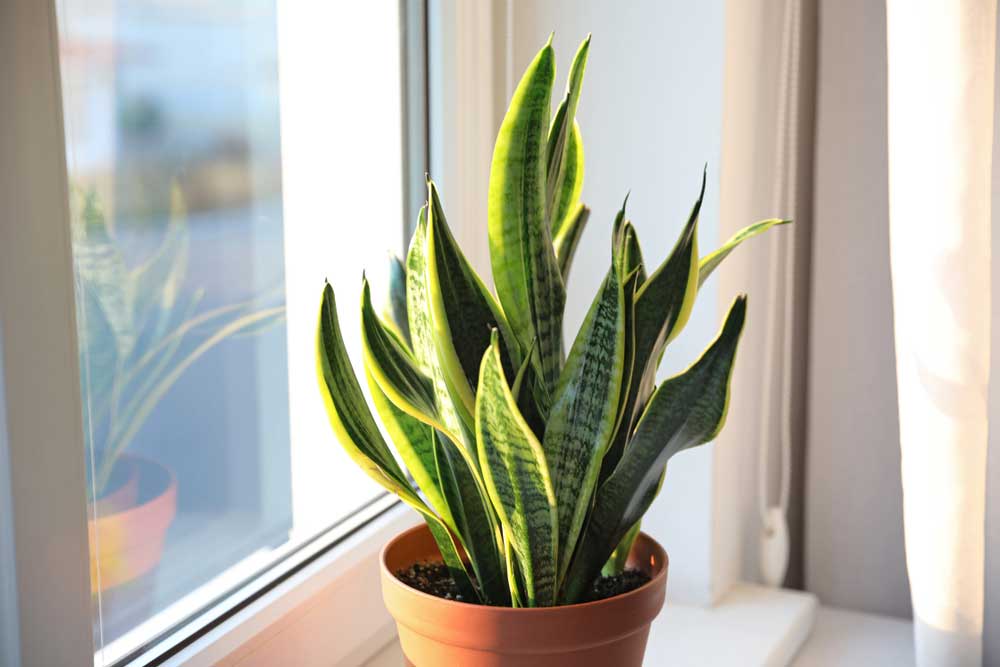
As a snake plant owner, it’s essential to understand your plant’s unique requirements. Proper nutrition is an integral aspect of ensuring strong growth, and it starts with choosing the right fertilizer.
First, examine your snake plant for signs of deficiency. Yellowing leaves or slow growth may indicate a lack of key nutrients. In this case, a well-balanced, water-soluble fertilizer containing essential macro and micronutrients is beneficial.
When choosing a fertilizer, pay attention to the N-P-K (Nitrogen-Phosphorus-Potassium) ratios. Nitrogen helps with leaf growth, Phosphorus benefits root development, and Potassium contributes to overall health.
For snake plants, a fertilizer with low Nitrogen and higher Phosphorus and Potassium levels is ideal. A recommended ratio would be 3-6-6 or 3-10-10, depending on your plant’s specific needs.
Consider the following factors to decide on the most suitable fertilizer:
- Duration: Slow-release granular or pellet fertilizers will nourish your snake plant for an extended period, while liquids or water-soluble choices provide faster, but short-term effects.
- Organic or Synthetic: Opt for organic fertilizers like compost or worm castings to provide added benefits while minimizing environmental impact. Synthetic fertilizers are also a popular choice, but overuse can cause salt buildup and burn roots.
It’s crucial to follow the manufacturer’s instructions when applying fertilizer. Over-fertilizing can be just as harmful as under-fertilizing. Usually, fertilizing every 4-6 weeks during the growing season and reducing this to every 8-10 weeks in winter months is sufficient.
Now that you know your snake plant’s needs, explore these top 10 fertilizers, each specially crafted for optimal growth. With a healthy, thriving plant, you’ll be the envy of the neighborhood!
How and When to Apply Fertilizer

Choosing the right fertilizer and applying it correctly are essential for the growth and health of your snake plant. Here are some easy-to-follow guidelines on how and when to apply fertilizer to your plants.
It is important to fertilize your snake plants at the right time. The best time to do this is during their active growth period, which is typically between spring and early fall. During this time, you can apply fertilizer once every 4-6 weeks. It is crucial to avoid fertilizing during winter, as snake plants enter a dormant state and do not require as many nutrients.
When you’re ready to apply the fertilizer, first make sure to water your snake plant thoroughly. This will ensure the roots are moist and ready to absorb the nutrients. Once the plant is watered, prepare the fertilizer according to the instructions on the packaging. Be careful not to over-fertilize, as this can harm your plant. Generally, it is better to err on the side of caution and use slightly less fertilizer than recommended.
There are several methods to apply fertilizer to your snake plant:
- Liquid fertilizer: Mix the liquid fertilizer with water and use it to water your plant. This method allows the nutrients to reach the roots quickly, promoting faster growth and better results.
- Granular fertilizer: Sprinkle the granules evenly on the surface of the potting mix, near the base of the plant. Over time, the granules will release nutrients gradually, providing a steady supply for your plant.
- Slow-release fertilizer sticks: Insert the sticks into the potting mix, following the recommended spacing and depth provided on the packaging. These sticks provide nutrients gradually for an extended period, which means less frequent applications are necessary.
Remember to closely follow the application directions provided by the fertilizer manufacturer. This will ensure that you are using the product as intended and providing your snake plant with the nutrients it needs. With these tips in mind, your snake plant will be on its way to excellent growth and a thriving appearance.


